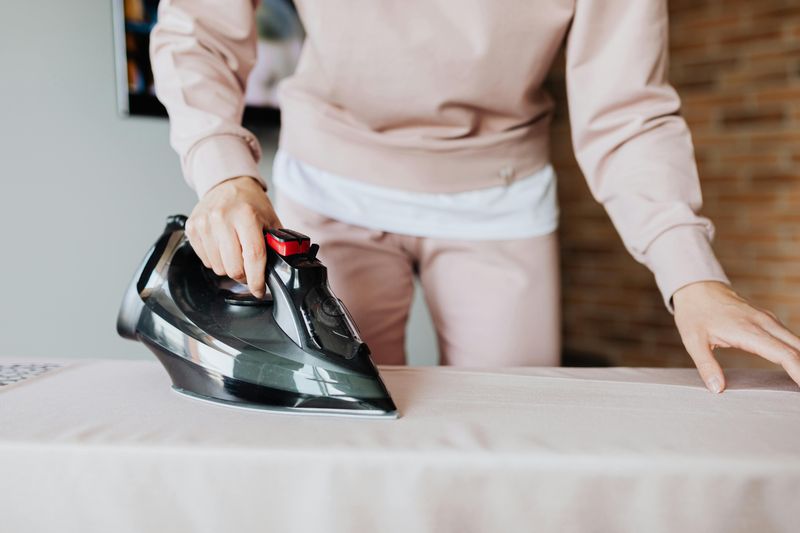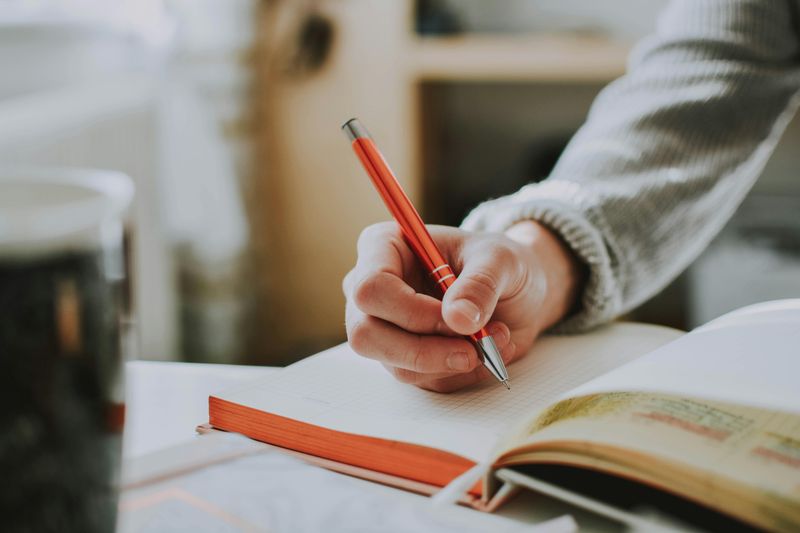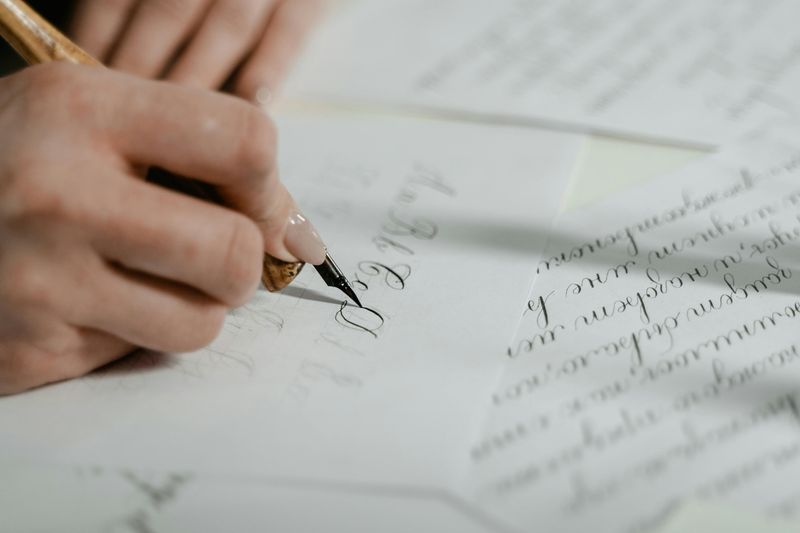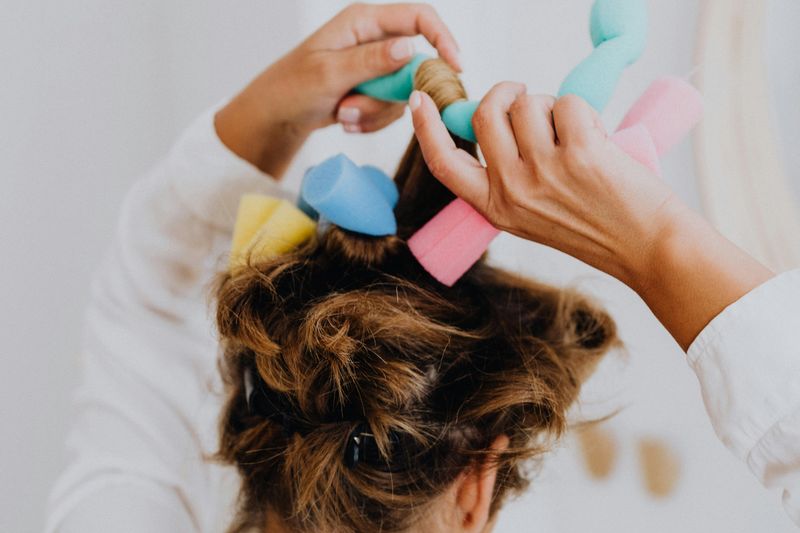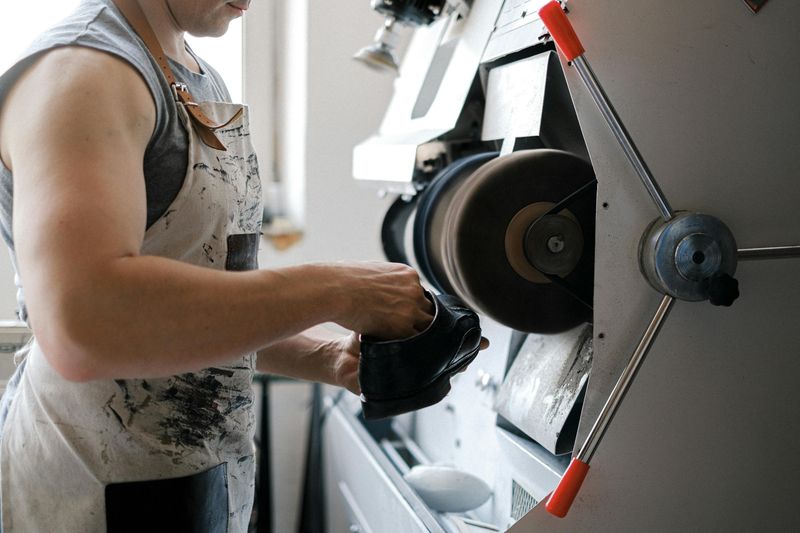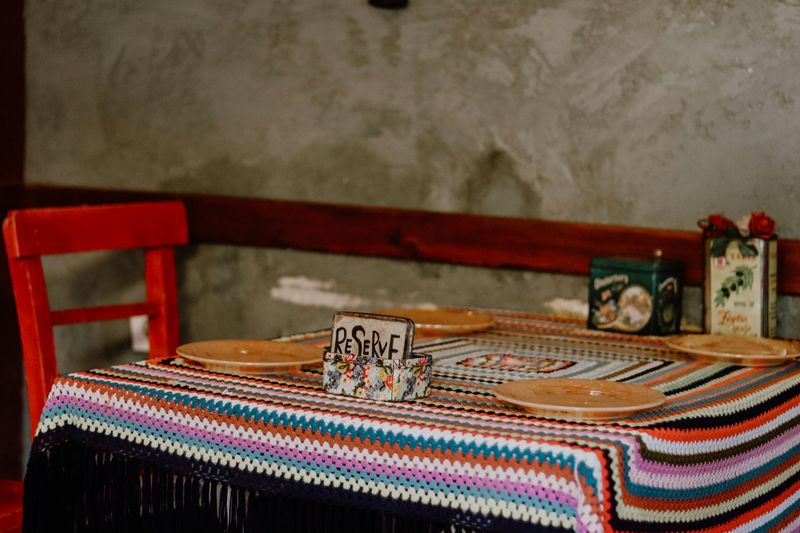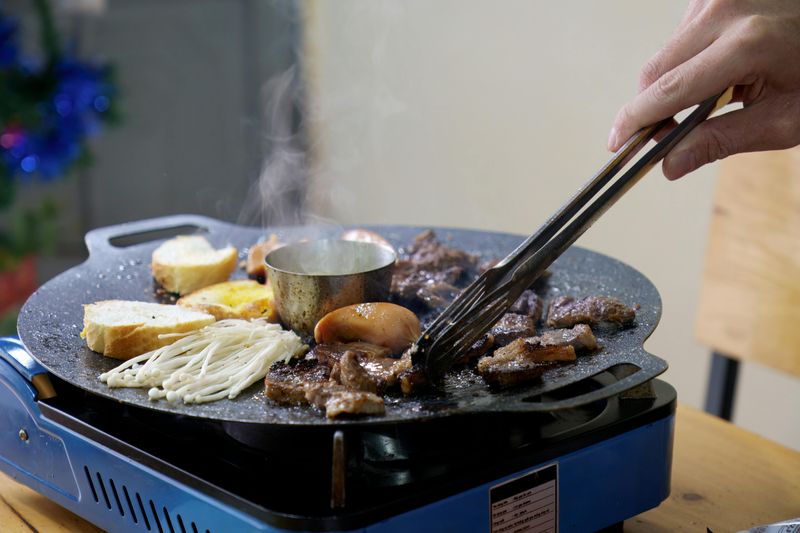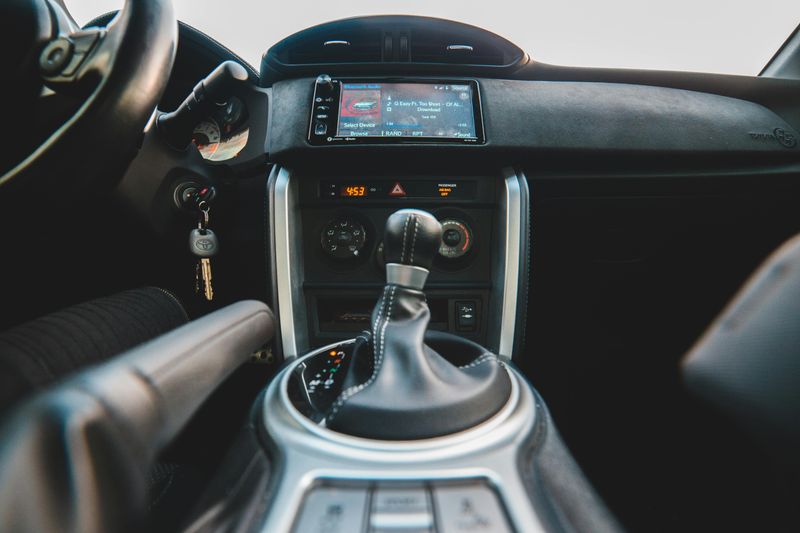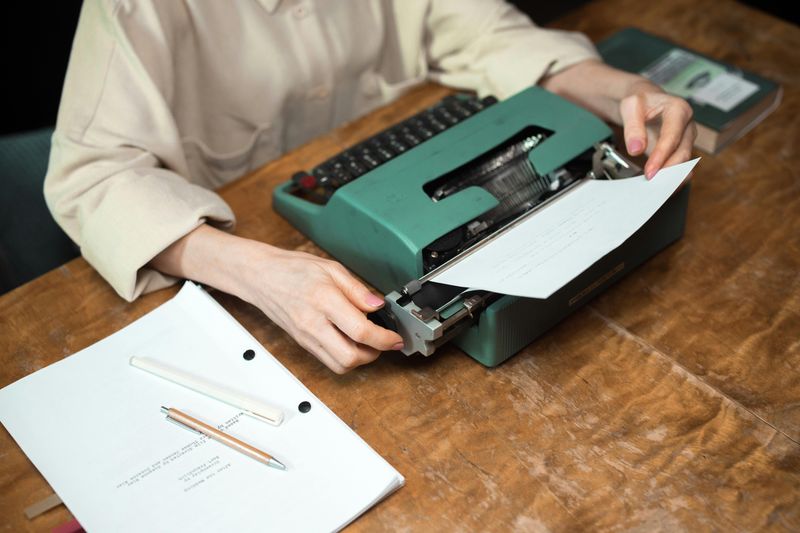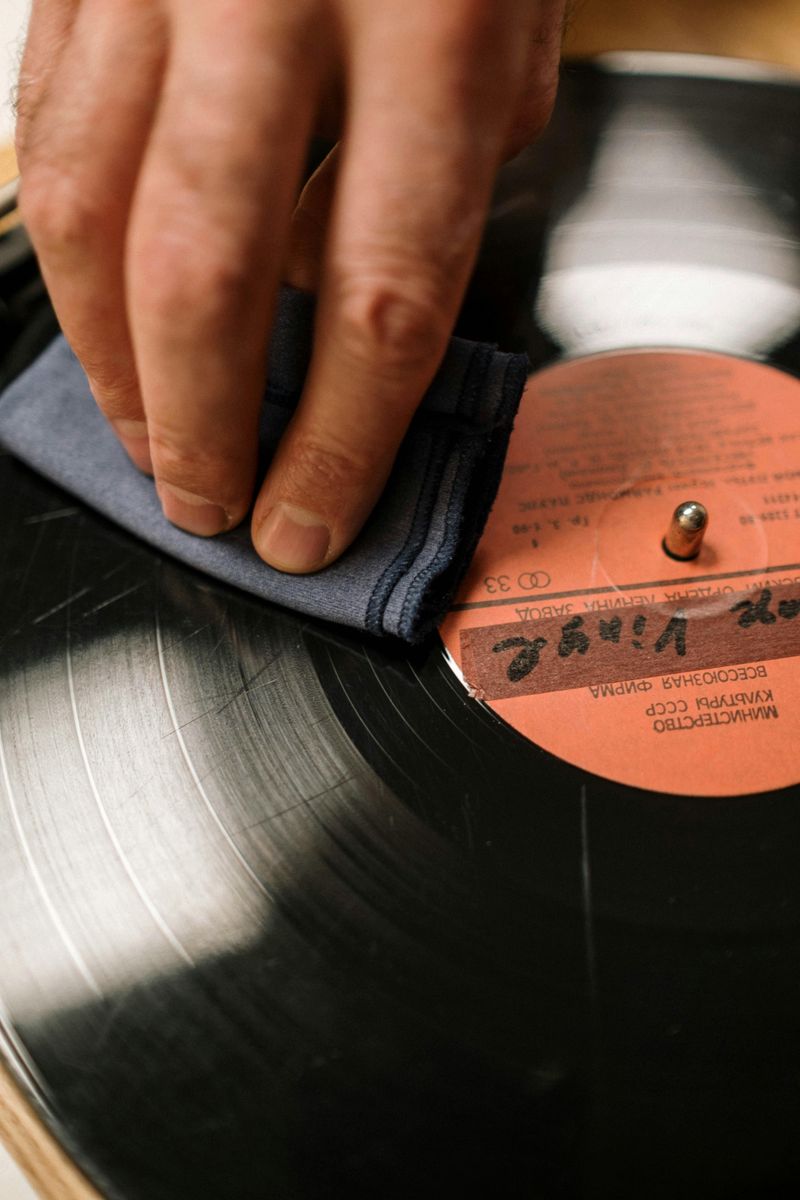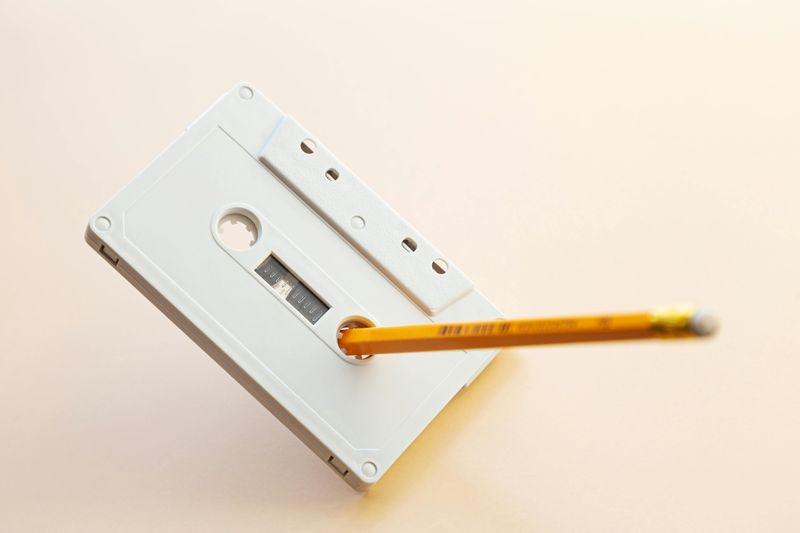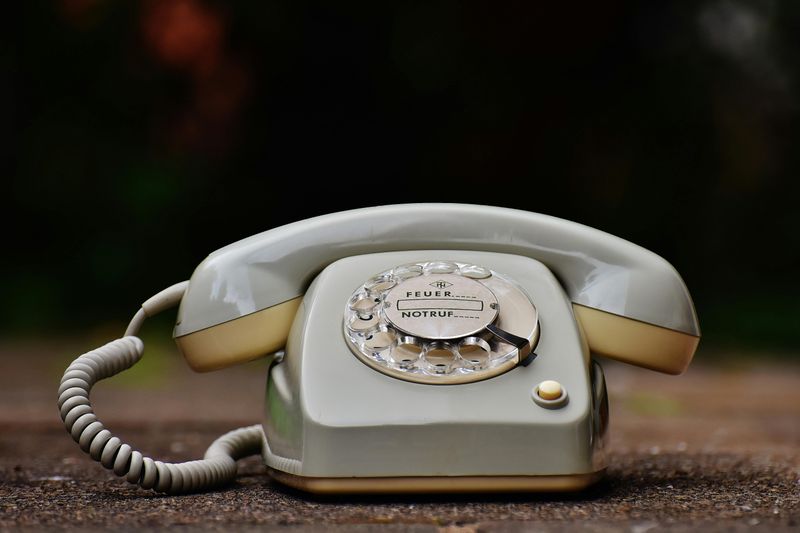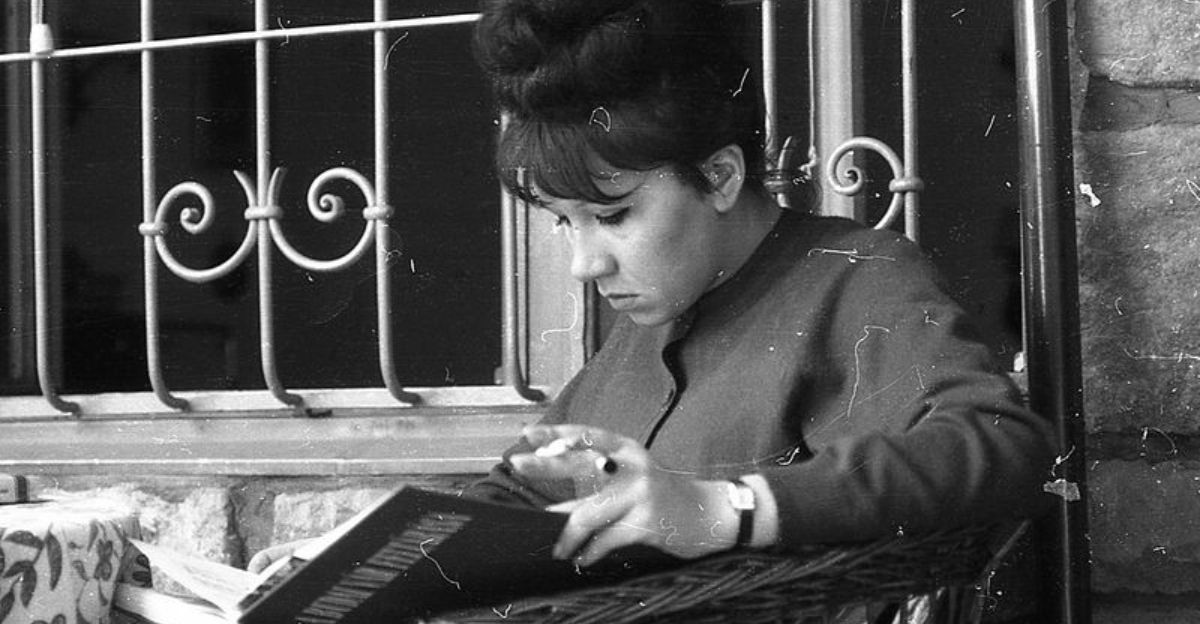18 Everyday Tasks From The 60s That Teens Back Then Perfected
Before smartphones and shortcuts, teenagers in the 1960s mastered skills that required patience, precision, and a whole lot of practice.
From perfectly pressed pleats to flawlessly folded fitted sheets, these young people tackled everyday tasks with confidence and care.
Their world demanded hands-on know-how that today’s generation might find surprisingly challenging.
1. Ironing Clothes To Perfection
Back when wrinkle-free fabrics were just a dream, every teen knew their way around a hot iron and spray starch.
Crisp collars and razor-sharp creases weren’t optional – they were essential for looking presentable at school or church.
Getting those pleats just right took skill and concentration. One wrong move could scorch fabric or create new wrinkles worse than the originals, so practice made perfect.
2. Balancing A Checkbook
Long before banking apps and automatic calculations, teens learned to track every deposit and withdrawal by hand.
Math skills got sharpened quickly when your allowance depended on knowing exactly how much remained in your account.
Mistakes could mean bounced checks and embarrassing calls from the bank. Recording transactions immediately became second nature to anyone who valued financial responsibility and independence.
3. Sewing On Buttons By Hand
When buttons popped off, teenagers didn’t toss clothes aside – they grabbed needle and thread to fix them immediately.
Threading the needle without modern conveniences tested eyesight and patience, but mastering the X-stitch pattern brought genuine pride.
Parents expected kids to handle these basic repairs themselves. Secure buttons meant fewer wardrobe malfunctions and valuable lessons about self-sufficiency that lasted a lifetime.
4. Using A Rotary Phone Without Tangling The Cord
Marathon phone conversations with friends turned cord management into an art form that required constant awareness.
Twisting while talking created impossible knots that took forever to untangle, so smart teens developed techniques for rotating the receiver periodically.
Some even perfected the spin-and-unwind move between topics. Hours spent chatting meant cords stretched across rooms, creating obstacle courses that family members learned to navigate carefully.
5. Writing Letters Neatly In Cursive
Beautiful penmanship wasn’t just encouraged – it was graded and expected in every written assignment.
Teachers drilled proper letter formation until flowing cursive became automatic, with loops and slants perfectly consistent throughout entire pages.
Personal correspondence required even more care since messy handwriting reflected poorly on your upbringing.
6. Rolling Hair With Curlers
Achieving those bouncy, glamorous curls meant sleeping on uncomfortable foam or wire rollers all night long.
Girls developed expert techniques for sectioning hair, applying setting lotion, and rolling each piece tight enough to hold without causing headaches.
Patience was absolutely necessary since rushing the process resulted in lopsided or limp curls. Morning reveal sessions became sacred rituals before school started.
7. Making A Bed With Hospital Corners
Military-style bed-making wasn’t reserved for boot camp – many households demanded sheets so tight you could bounce a quarter off them.
Mastering the diagonal fold and tuck technique took practice, but the results looked impressively professional.
Parents often inspected beds before kids left for school. Sloppy corners meant redoing the entire job, so teens learned quickly that precision saved time in the long run.
8. Polishing Shoes Until They Shined
Scuffed shoes were unacceptable for school, church, or any respectable outing, so weekly polishing sessions became routine.
Applying polish, buffing with vigor, and achieving that mirror-like shine required elbow grease and the right technique.
The satisfying transformation from dull to dazzling made the effort worthwhile, plus compliments from adults boosted confidence considerably.
9. Setting The Table Properly
Knowing which fork goes where wasn’t optional knowledge – it was basic etiquette every teen needed for family dinners and special occasions.
Placement of knives, spoons, napkins, and glasses followed strict rules that adults expected kids to memorize.
Formal dinners happened regularly, not just on holidays. Getting the arrangement wrong meant gentle corrections or, worse, embarrassment in front of guests who noticed every detail.
10. Cooking Dinner From Scratch
Microwaves and takeout weren’t options, so teens learned to prepare complete meals using raw ingredients and family recipes.
Timing multiple dishes to finish simultaneously required planning skills that math class couldn’t teach.
Measuring, seasoning, and temperature control came from hands-on experience, not YouTube tutorials.
11. Folding Fitted Sheets
Those elastic corners created frustration for countless people, but determined teens cracked the code through trial and error.
Matching corner to corner and creating neat rectangles instead of wrinkled balls separated organized kids from lazy ones.
Mastering this seemingly impossible task brought genuine satisfaction and impressed parents who struggled with the same challenge themselves.
12. Driving Stick Shift
Automatic transmissions were luxury features, so most teens learned to coordinate clutch, gas, and gear shifting simultaneously.
Stalling at intersections happened to everyone initially, but practice on empty parking lots built confidence and muscle memory.
Smooth shifting without grinding gears took weeks to master. Successfully navigating hills without rolling backward became a rite of passage that proved driving competence beyond just steering.
13. Developing Film In A Darkroom
Photography enthusiasts couldn’t just click and instantly view results – they mixed chemicals, controlled timing, and watched images magically appear in developing trays.
Working in complete darkness required memorizing every step since one mistake ruined entire rolls of precious film.
Temperature, agitation, and patience determined photo quality. The anticipation of seeing results made the painstaking process worthwhile, especially when prints turned out perfectly sharp and properly exposed.
14. Typing On A Manual Typewriter
Every keystroke required forceful finger pressure, and mistakes meant starting pages completely over or using messy correction fluid.
Typing classes drilled proper finger placement until touch-typing became automatic, with speed and accuracy measured in formal tests.
Carbon paper allowed multiple copies but amplified errors across all sheets. The rhythmic clacking sound became synonymous with productivity, and finishing error-free pages brought tremendous pride and relief.
15. Cleaning Vinyl Records
Dust and fingerprints caused annoying skips and pops, so serious music lovers developed careful cleaning rituals using special brushes and solutions.
Handling records by edges only became instinctive to anyone who valued their collection.
Proper storage in protective sleeves prevented scratches that ruined favorite songs forever.
The gentle circular wiping motion and delicate touch required showed respect for music that couldn’t simply be re-downloaded or streamed.
16. Rewinding Cassette Tapes With A Pencil
When tape players ate your favorite cassettes or batteries died mid-song, a pencil inserted into the sprocket became the universal rescue tool.
Careful winding prevented tangles while restoring tension to loose tape that otherwise played with warbled, distorted sound.
Every music fan kept pencils handy specifically for this purpose. The technique required patience and a gentle touch to avoid snapping delicate tape that couldn’t be replaced or repaired.
17. Reading A Paper Map Without Getting Lost
GPS didn’t exist, so navigating unfamiliar areas meant decoding complex map legends, calculating distances, and tracking your position along highlighted routes.
Refolding maps correctly afterward became its own challenging puzzle that frustrated even patient people.
Successfully directing drivers to destinations earned genuine appreciation and proved spatial reasoning skills that today’s turn-by-turn directions have largely replaced.
18. Memorizing Phone Numbers
Speed dial and contact lists didn’t exist, so teens memorized dozens of important phone numbers or kept handwritten address books current.
Calling friends meant recalling seven-digit sequences accurately or risking awkward wrong-number conversations.
Frequently called numbers became permanently etched in memory through repetition.

